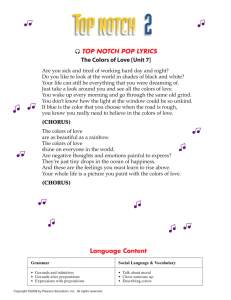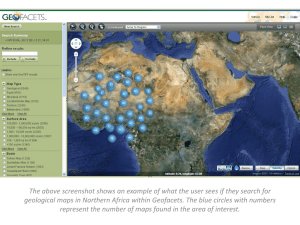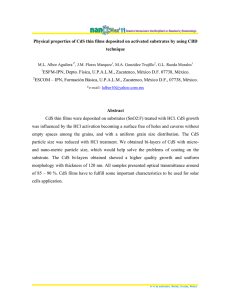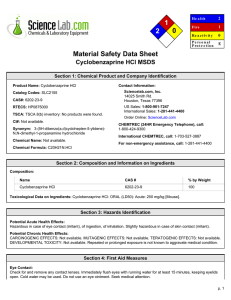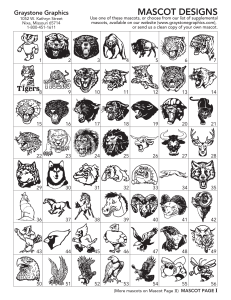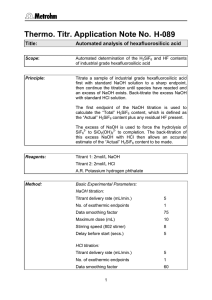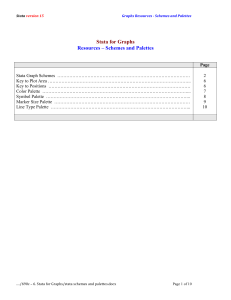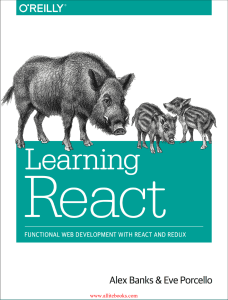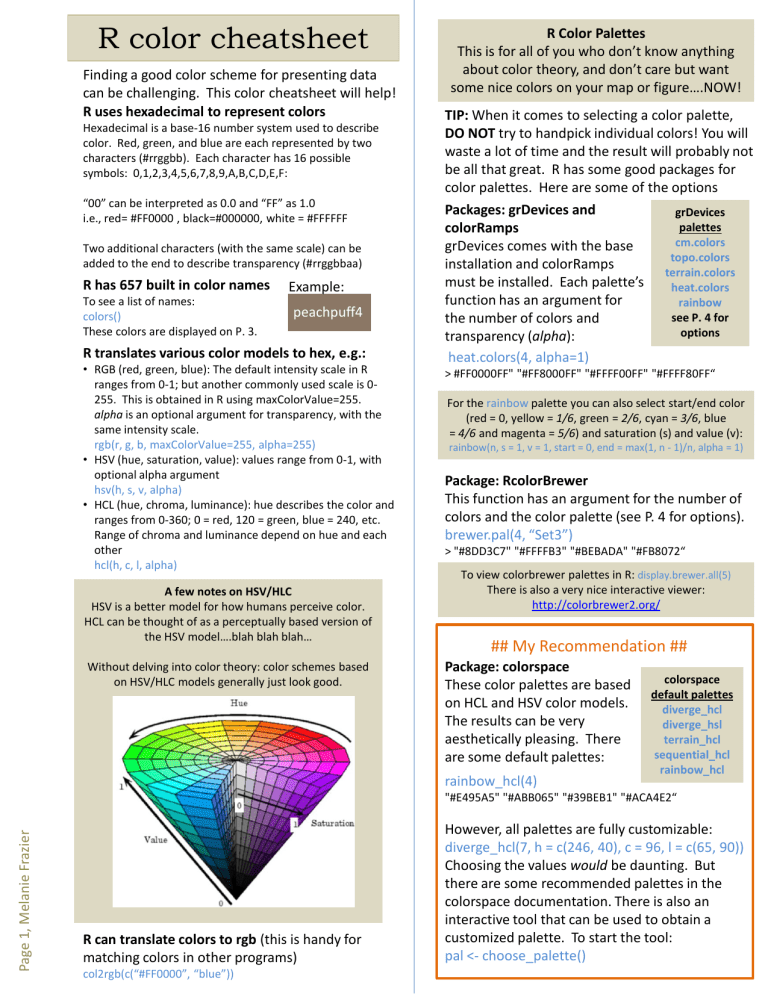
R color cheatsheet Finding a good color scheme for presenting data can be challenging. This color cheatsheet will help! R uses hexadecimal to represent colors Hexadecimal is a base-16 number system used to describe color. Red, green, and blue are each represented by two characters (#rrggbb). Each character has 16 possible symbols: 0,1,2,3,4,5,6,7,8,9,A,B,C,D,E,F: “00” can be interpreted as 0.0 and “FF” as 1.0 i.e., red= #FF0000 , black=#000000, white = #FFFFFF Two additional characters (with the same scale) can be added to the end to describe transparency (#rrggbbaa) R has 657 built in color names To see a list of names: colors() These colors are displayed on P. 3. Example: peachpuff4 R translates various color models to hex, e.g.: • RGB (red, green, blue): The default intensity scale in R ranges from 0-1; but another commonly used scale is 0255. This is obtained in R using maxColorValue=255. alpha is an optional argument for transparency, with the same intensity scale. rgb(r, g, b, maxColorValue=255, alpha=255) • HSV (hue, saturation, value): values range from 0-1, with optional alpha argument hsv(h, s, v, alpha) • HCL (hue, chroma, luminance): hue describes the color and ranges from 0-360; 0 = red, 120 = green, blue = 240, etc. Range of chroma and luminance depend on hue and each other hcl(h, c, l, alpha) A few notes on HSV/HLC HSV is a better model for how humans perceive color. HCL can be thought of as a perceptually based version of the HSV model….blah blah blah… Without delving into color theory: color schemes based on HSV/HLC models generally just look good. R Color Palettes This is for all of you who don’t know anything about color theory, and don’t care but want some nice colors on your map or figure….NOW! TIP: When it comes to selecting a color palette, DO NOT try to handpick individual colors! You will waste a lot of time and the result will probably not be all that great. R has some good packages for color palettes. Here are some of the options Packages: grDevices and grDevices palettes colorRamps cm.colors grDevices comes with the base topo.colors installation and colorRamps terrain.colors must be installed. Each palette’s heat.colors function has an argument for rainbow see P. 4 for the number of colors and options transparency (alpha): heat.colors(4, alpha=1) > #FF0000FF" "#FF8000FF" "#FFFF00FF" "#FFFF80FF“ For the rainbow palette you can also select start/end color (red = 0, yellow = 1/6, green = 2/6, cyan = 3/6, blue = 4/6 and magenta = 5/6) and saturation (s) and value (v): rainbow(n, s = 1, v = 1, start = 0, end = max(1, n - 1)/n, alpha = 1) Package: RcolorBrewer This function has an argument for the number of colors and the color palette (see P. 4 for options). brewer.pal(4, “Set3”) > "#8DD3C7" "#FFFFB3" "#BEBADA" "#FB8072“ To view colorbrewer palettes in R: display.brewer.all(5) There is also a very nice interactive viewer: http://colorbrewer2.org/ ## My Recommendation ## Package: colorspace These color palettes are based on HCL and HSV color models. The results can be very aesthetically pleasing. There are some default palettes: rainbow_hcl(4) colorspace default palettes diverge_hcl diverge_hsl terrain_hcl sequential_hcl rainbow_hcl Page 1, Melanie Frazier "#E495A5" "#ABB065" "#39BEB1" "#ACA4E2“ R can translate colors to rgb (this is handy for matching colors in other programs) col2rgb(c(“#FF0000”, “blue”)) However, all palettes are fully customizable: diverge_hcl(7, h = c(246, 40), c = 96, l = c(65, 90)) Choosing the values would be daunting. But there are some recommended palettes in the colorspace documentation. There is also an interactive tool that can be used to obtain a customized palette. To start the tool: pal <- choose_palette() R color cheatsheet How to use hex codes to define color using the plot function Overview of colorspace palette selector library("colorspace") pal <- choose_palette() Discrete variables Option 1 If you don’t need to control which colors are associated with each level of a variable: plot(Sepal.Length ~ Sepal.Width, col=rainbow_hcl(3)[c(Species)], data=iris, pch=16) Select the type of color scheme based on the type of data Default color schemes – can be used “as is” or as a starting point for modification legend("topleft", pch=16, col=rainbow_hcl(3), legend=unique(iris$Species)) Interactively select: • hue: color • chroma: low chroma = gray • luminance: high luminance = pastel • power: how the color changes along a gradient HCL hue Option 2 If you want to control which colors are associated with the levels of a variable, I find it easiest to create a variable in the data: iris$color <- factor(iris$Species, levels=c("virginica", "versicolor", "setosa"), labels=rainbow_hcl(3)) Select # of colors in palette Save palette for future R sessions: • txt file with hex codes • .R file with a function describing how to generate the palette. source can be used to import the function into R; but one complication is that you have to open the .R file and name the function to use it. • Copy values into relevant colorspace functions. Diverging color schemes: diverge_hcl(7, h = c(260, 0), c = 100, l = c(28, 90), power = 1.5) Sequential color schemes: sequential_hcl(n, h, c.= c(), l=c(), power) Qualitative color schemes: rainbow_hcl(n, c, l, start, end) (for qualtitative schemes; start/ end refer to the H1/H2 hue values) plot(Sepal.Length ~ Sepal.Width, col=as.character(color), pch=16, data=iris) Continuous variables Page 2, Melanie Frazier Display color scheme with different plot types Option 1 Break into categories and assign colors: iris2 <- subset(iris, Species=="setosa") color <- cut(iris2$Petal.Length, breaks=c(0,1.3,1.5,2), labels=sequential_hcl(3)) Or, break by quantiles (be sure to include 0 & 1): color <- cut(iris2$Petal.Length, breaks=quantile(iris$Petal.Length, c(0, 0.25, 0.5, 0.75, 1)), labels=sequential_hcl(3)) plot(Sepal.Width ~ Sepal.Length, pch=16, col=color, data=iris2) Option 2 Fully continuous gradient: data <- data.frame("a"=runif(10000), "b"=runif(10000)) color=diverge_hcl(length(data$a))[rank(data$a)] plot(a~b, col=color, pch=16, data=data) When “OK” is selected, the color palette will be saved in the R session. To return 7 hex color codes from the selected palette: pal <- choose_palette() pal(7) [NOTE: These values are not saved if you don’t save the session] For ggplot2, I think the most flexible color scales are: scale_colour_manual scale_colour_gradient for discrete and continuous variables, respectively code to produce R color chart from: http://www.biecek.pl/R/R.pdf and http://bc.bojanorama.pl/2013/04/r-color-reference-sheet Page 4, Melanie Frazier colorRamps and grDevices colorRamps and grDevices color palette, display from: http://bc.bojanorama.pl/2013/04/r-color-reference-sheet/ RColorBrewer Sequential To begin interactive color selector: pal <- choose_palette() Useful Resources: A larger color chart of R named colors: http://research.stowersinstitute.org/efg/R/Color/Chart/ColorChart.pdf http://students.washignton.edu/mclarkso/docu ments/colors Ver2.pdf A color theory reference: Zeileis, A. K. Hornik, P. Murrell. 2009. Escaping RGBland: selecting colors for statistical graphics. Computational and Statistics & Data Analysis 53:3259-3270 Diverging Page 4, Melanie Frazier Qualitative Nice overview of color in R: http://research.stowersinstitute.org/efg/Report/UsingColorInR.pdf To display RColorBrewer palette: display.brewer.all() For interactive color selector: http://colorbrewer2.org/
